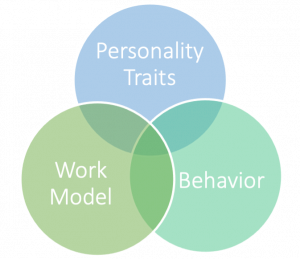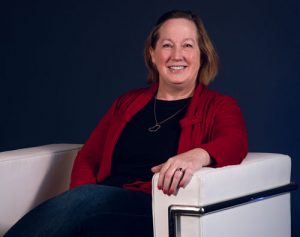By Laura Berkan Mael, Pareto’s Talent, a Lift Consulting Company
We’ve all done it. We have every intention of not doing it but, we do. If you hire enough people enough times you will make a bad hire – at least once. What does a “bad hire” even mean? It could mean the candidate starts and leaves within six months or it could mean they start and you (and your team) are left wishing they hadn’t. Every hiring manager knows the cost of making a bad hire but what, if anything, can you do to avoid it?
Right Hire “To Dos”
- Have a formal process and follow it
Repeatable processes not only ensure consistency but can set expectations and uncover gaps or inconsistencies with candidates.
- Hire for experience and personality.
Candidates not only need to be able to do the job but get along with their colleagues. Someone who can do the job but who no one can work with is not worth hiring.
- Take time to make the right hire.
While tempting to hire fast, that’s when mistakes are made, and critical information is overlooked. You can shorten the time between the steps in your process – just don’t skip any of the steps.
- Use experiential interviewing.
Don’t hesitate to ask a candidate to “practice” a skill in front of you or take a skills test.
- Using both qualitative and quantitative interview processes.
Interviews are only as good as the interviewers are objective. Using assessments can help validate what interviewers “think” or “feel” with a candidate.

What is the Right Hire structure?
While there is no way to guarantee a “right hire”, there are three crucial criteria to establish and integrate into a recruiting process that will get you close:
- Personality Traits: will they fit in with your team? Can they get along with others?
- Work Model: are they willing and able to work within the work model you have? Whether it’s remote/hybrid/in-office standards or a short or long sales cycle – can they follow or adapt to it?
- Behavior: can they execute on key behaviors required for the role? For sales, will they cold call and be successful? Are they willing to log their activities if they are working remotely?
Even with a “Right Hire” structure, you won’t get it right all the time, but you’ll get close. If putting a “right hire” structure together just isn’t something you can tackle right now, don’t worry! It takes time, evaluating what works/doesn’t work for you and your team, and it takes practice. By reading this article you’re already a step ahead! If you can find just one thing to implement or change today – that’s a start. The rest will follow.
Want a quick “Do this, not that” list to get you started? Check out our list below:
Don’t do this –
- Just rely on your gut.
- Trust everything you hear. (it’s okay to ask for proof!)
- Disregard the effect the hire will have on your other employees.
Do this –
- “Look under the hood” before you buy.
- Tackle the tough stuff first before adding another layer.
- Include your team in setting your standards.
- Honor the standards you have













